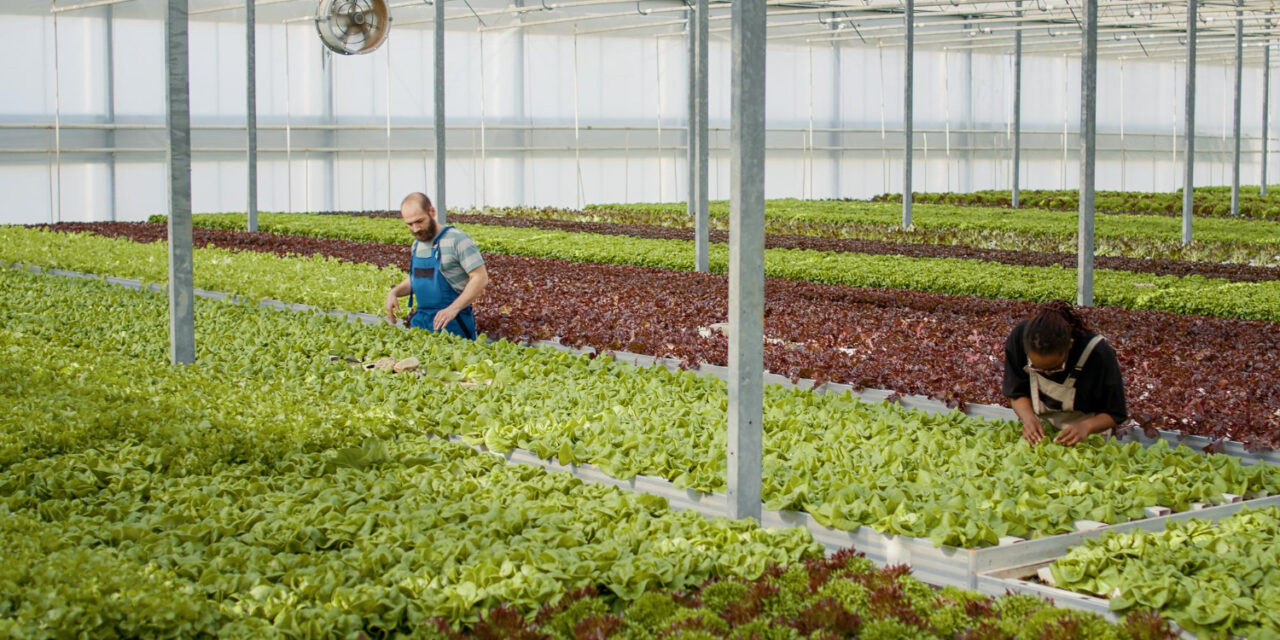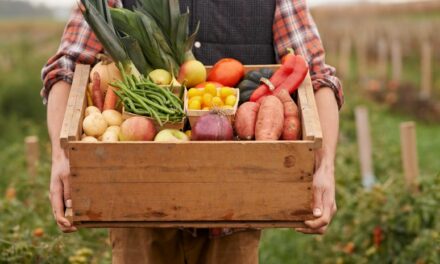
Urban Agriculture and Vertical Farms: The Development of Urban and Vertical Farms to Reduce the Carbon Footprint of Food Transportation and Encourage Local Eating

Urban agriculture and vertical farms are gaining popularity in an increasingly urbanized world that is concerned about its environmental impact. With the growing global demand for food due to population increase and the pressure on natural resources, these initiatives are seen as innovative solutions to address the challenges of sustainable food production and reducing the carbon footprint associated with food transportation. These practices not only bring food production closer to consumers, but they also represent tools to promote local eating while using resources more efficiently.
Urban Agriculture: A Solution in the Heart of Cities
Urban agriculture refers to the agricultural practices carried out in urban or peri-urban areas. This includes the cultivation of vegetables, fruits, and other edible products, as well as livestock farming within cities. This form of agriculture can take various forms: community gardens, green roofs, urban farms, greenhouses integrated into buildings, etc.
The main advantage of urban agriculture is the proximity between production sites and consumers. By growing food directly in cities, transportation needs are drastically reduced, which significantly decreases the greenhouse gas (GHG) emissions associated with it. In the traditional agro-industrial model, food often travels thousands of miles before reaching our plates, which not only affects the environment but also impacts the quality and freshness of the food.
Moreover, urban agriculture contributes to the resilience of cities in the face of food crises. By producing part of their food locally, cities become less dependent on imports and global supply chains. This can be crucial during times of crisis, as demonstrated during the COVID-19 pandemic when international supply chains were severely disrupted.
Vertical Farms: Efficient Use of Space
Vertical farms are an advanced form of urban agriculture. They involve growing plants in vertically stacked layers, often in buildings specifically designed for this purpose. This allows for much more efficient use of space, especially in urban areas where ground space is limited, and population density is high.
One key feature of vertical farms is the use of soilless growing techniques, such as hydroponics (growing in water), aquaponics (combining hydroponics and fish farming), and aeroponics (growing plants suspended without soil). These techniques enable plant growth with far less water than conventional farming. For example, hydroponics uses up to 90% less water than traditional agriculture, a major advantage in regions where water is scarce.
Vertical farms also offer other environmental benefits. Since crops are grown in controlled environments, they can be cultivated year-round, independent of outdoor climatic conditions. This reduces the need for pesticides and chemical fertilizers, which are often required in traditional farming to combat pests and ensure good harvests. Furthermore, vertical farms require less agricultural land, preserving arable land and natural ecosystems.
Reducing the Carbon Footprint and Promoting Local Eating
One of the primary goals of urban agriculture and vertical farms is to reduce the carbon footprint associated with food production. By shortening the distance between production and consumption sites, fossil fuel use for transporting food is minimized. This directly contributes to the reduction of GHG emissions and supports global efforts to combat climate change.
In addition, by promoting local eating, these initiatives foster more sustainable consumption. By purchasing locally grown products, consumers can enjoy fresher fruits and vegetables, often harvested at peak ripeness, unlike imported products, which are sometimes picked prematurely to withstand long journeys. This not only results in tastier and more nutritious foods but also reduces food waste, as local products tend to have a longer shelf life.
A Positive Social and Economic Impact
Beyond their environmental benefits, urban agriculture and vertical farms also have a positive social and economic impact. They can create local jobs, particularly in disadvantaged neighborhoods where access to stable and well-paying employment may be limited. By encouraging the establishment of farms in urban areas, it is possible to revitalize certain neighborhoods while enhancing local food security.
Moreover, these initiatives can play a key role in education and environmental awareness. By bringing city dwellers closer to food production, urban agriculture raises public awareness of the importance of responsible consumption and supporting sustainable farming practices. From community gardens to school-based vertical farms, these spaces become learning centers where citizens can discover the benefits of local and sustainable food systems.
Challenges to Overcome
Despite the numerous advantages of urban agriculture and vertical farms, challenges remain. One of the main obstacles is the initial cost of setting up these structures. Vertical farms, in particular, require significant investments in technology and infrastructure. Additionally, although these agricultural techniques save water and space, they can consume a lot of energy, especially for artificial lighting and environmental control.
It is also crucial to further raise public awareness about these initiatives and create public policies that support their development. Tax incentives and subsidies can encourage businesses and individuals to invest in these new forms of agriculture.
Conclusion
Urban agriculture and vertical farms represent promising solutions to the food and environmental challenges of the 21st century. By bringing food production closer to consumption centers, they help reduce the carbon footprint, promote local and sustainable eating, and contribute to the resilience of cities in the face of food crises. Although challenges remain, these initiatives offer a path toward a future that is more respectful of the environment and natural resources, while also bringing significant social and economic benefits.



















